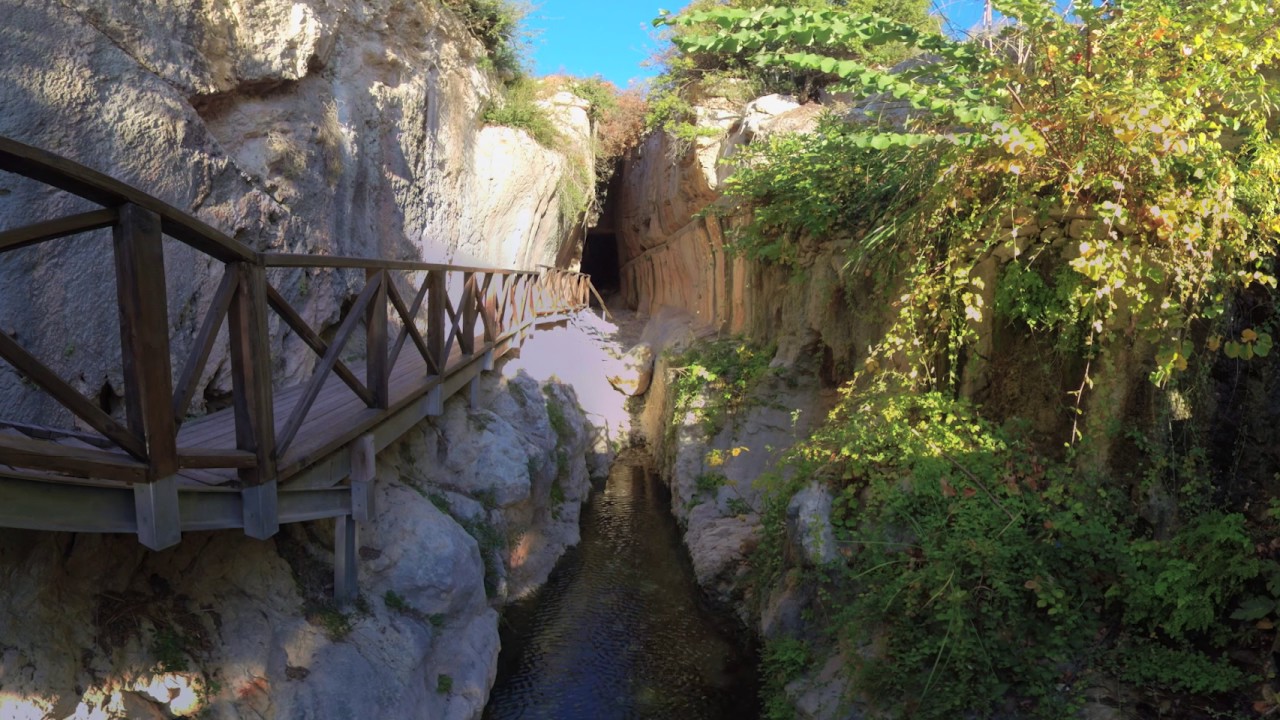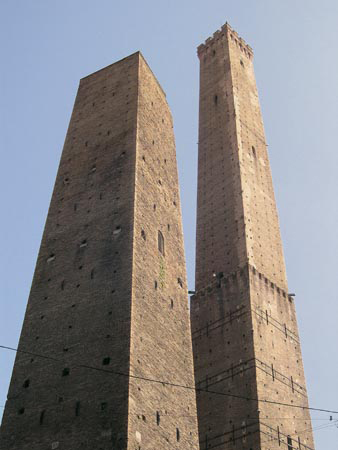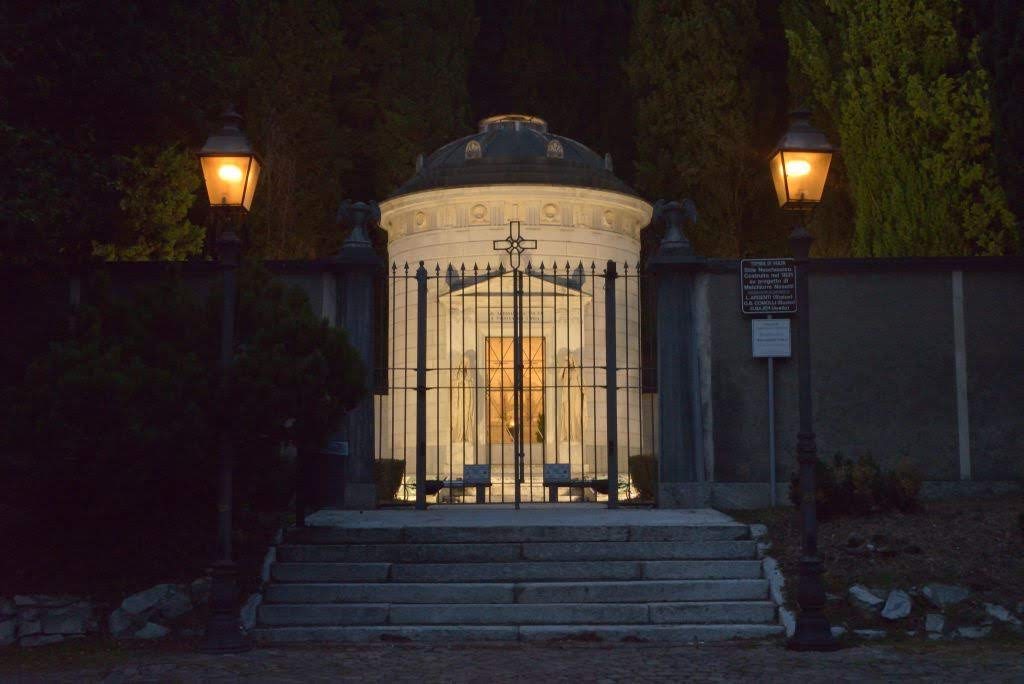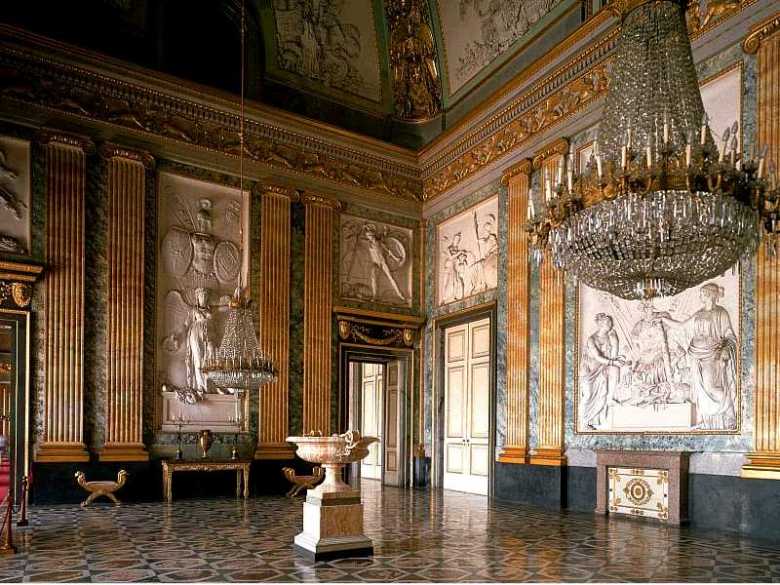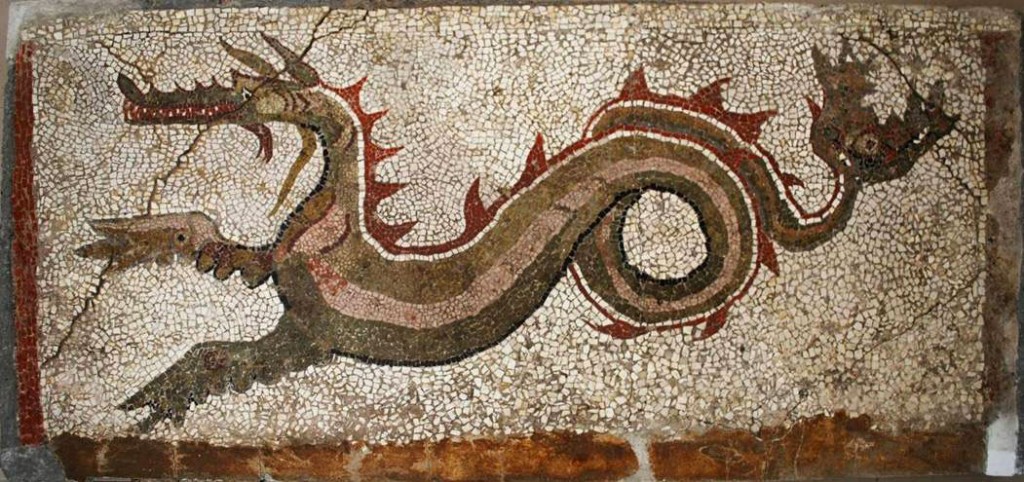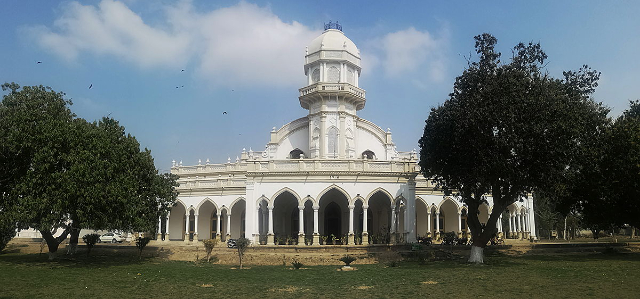In 1AD, the Turkish city of Seleucia Pieria had a problem: its all-important port required regular dredging, because the river water that flowed into from the Amanus Mountains carried a large amount of sediment. During each thaw, the river would rise causing frequent floods in the city.
To counter this issue, Roman Emperor Vespasian ordered the construction of a water tunnel. In order to divert the stream, the tunnel must have been cut through solid rock.
The tunnel was subsequently built using only manpower and was completed by Vespasianus’ son Titus, in the 2nd century. Home > Europe > Turkey > Built To Last: Vespasianus Titus Tunnel, Turkey
Built To Last: Vespasianus Titus Tunnel, Turkey
In 1AD, the Turkish city of Seleucia Pieria had a problem: its all-important port required regular dredging, because the river water that flowed into from the Amanus Mountains carried a large amount of sediment. During each thaw, the river would rise causing frequent floods in the city.
To counter this issue, Roman Emperor Vespasian ordered the construction of a water tunnel. In order to divert the stream, the tunnel must have been cut through solid rock.
The tunnel was subsequently built using only manpower and was completed by Vespasianus’ son Titus, in the 2nd century.
Vespasianus Titus Tunnel
Today, the tunnel consists of two sections and includes features such as, a dam and a discharge channel. The tunnel has been recognized by UNESCO as one of the Roman Empire’s most incredible engineering feats. Also, it is added to its list of world heritage sites.
The tunnel is situated around 20 miles southwest of Antakya, at the foot of the Nur mountains near Çevlik, Turkey. An inscription with the names of Vespasian and Titus is displayed at the entrance to the first tunnel. The vast majority of it is still open today; only 130 meters is closed.
